Imagine gathering around a cozy fire pit with friends and family, roasting marshmallows and sharing stories, when someone suggests tossing in some leftover drywall to keep the fire going. But can you burn drywall in a fire pit? While it may seem harmless and efficient to dispose of construction waste, burning drywall can have some surprising consequences.
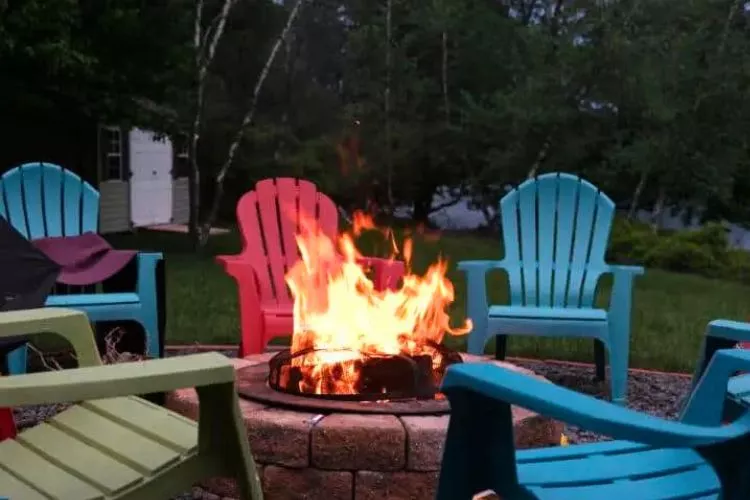
In this article, I will explore the composition of drywall, the potential hazards of burning it in a fire pit, and alternative methods for disposing of this common building material.
Can you burn drywall in a fire pit?
No, you should not burn drywall in a fire pit. Drywall is made of gypsum, a mineral that can release harmful gases when burned. These gases can be toxic and can cause respiratory problems.
One of the primary harmful gases released when drywall burns is hydrogen sulfide. This gas has a strong, rotten egg smell and can cause irritation to the eyes, nose, and throat. In high concentrations, hydrogen sulfide can lead to more severe health issues, including respiratory distress and even death.
In addition to hydrogen sulfide, burning drywall may also release sulfur dioxide. This gas can cause respiratory problems, particularly for individuals with asthma or other pre-existing respiratory conditions. Sulfur dioxide can also contribute to the formation of acid rain, which has negative environmental impacts.
Furthermore, burning drywall can release contaminants such as mercury. Mercury is a toxic heavy metal that can accumulate in the environment and the food chain, leading to adverse health effects in humans and wildlife.
What To Do With Drywall Scraps?
Several environmentally friendly and responsible ways to dispose of or repurpose drywall scraps exist. Here are some options to consider:
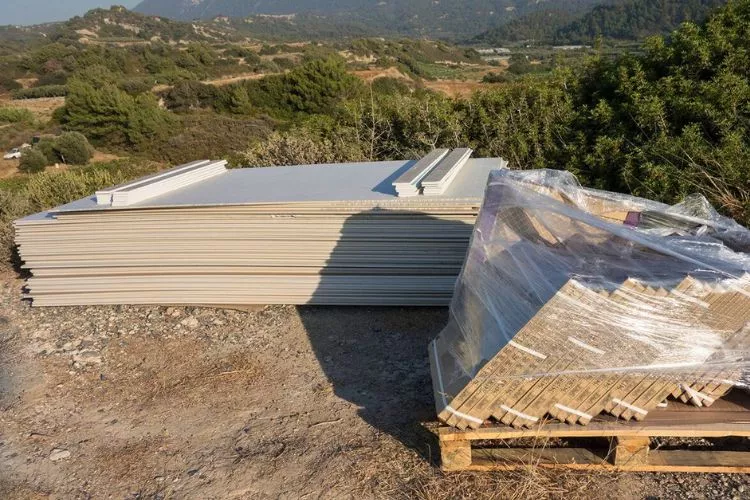
- Recycling: Many cities have recycling centers or construction waste facilities that accept drywall scraps for recycling. The gypsum in drywall can be processed and reused in new construction materials, such as new drywall or cement. Check with your local recycling center or waste management facility to see if they accept drywall.
- Composting: Gypsum is a natural mineral that can benefit the soil, particularly clay-heavy soils. You can crush untreated drywall scraps and add them to your compost pile or mix them directly into your garden soil. However, be cautious not to use drywall painted or treated with chemicals, as these can contaminate the soil.
- Landfill: If recycling or composting is not an option, you can dispose of drywall scraps in a landfill. Ensure you follow local regulations for disposing of construction waste and use designated construction waste collection services or dumpsters.
- Donation: If you have large, unused pieces of drywall, consider donating them to a local building materials reuse center, Habitat for Humanity ReStore, or other organizations that accept construction materials for reuse.
- Creative Repurposing: Drywall scraps can be repurposed for various DIY projects, such as creating a chalkboard by painting a piece with chalkboard paint or using small pieces as backing for picture frames or shelves.
What should you not burn in a fire pit?
Burning the wrong materials in a fire pit can lead to toxic fumes, environmental pollution, and even explosions. To ensure a safe and enjoyable experience, avoid burning the following items in a fire pit:
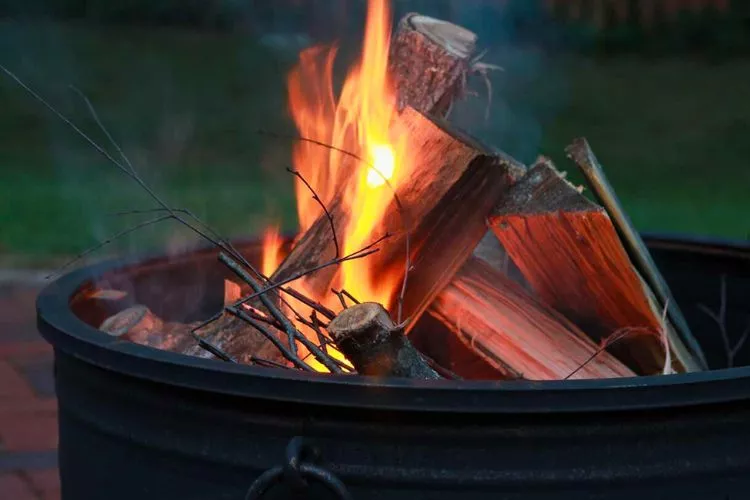
- Plastic: Burning plastic releases toxic fumes, such as dioxins and furans, which are harmful to humans, animals, and the environment. Also, melted plastic can create a mess and be difficult to clean up.
- Pressure-treated wood: This type of wood is treated with chemicals to prevent rot and insect damage. When burned, it can release harmful toxins like arsenic, which pose serious health risks.
- Plywood and particleboard: These materials have glues and resins that can release toxic fumes when burned. Stick to natural, untreated wood instead.
- Painted or stained wood: Paints and stains can contain harmful chemicals that release toxic fumes when burned. Always use untreated, unpainted wood in your fire pit.
- Aerosol cans contain flammable propellants that can explode when exposed to heat, causing serious injury or damage.
- Rubber: Burning rubber produces toxic fumes and a strong, unpleasant odor. This includes items like tires, rubber bands, and hoses.
- Leaves and yard waste: Burning leaves and yard waste can produce excessive smoke and release pollutants into the air. Instead, consider composting or using a yard waste disposal service.
- Paper with colored ink or glossy finishes: Colored ink and glossy finishes can release toxic fumes when burned. Stick to plain, untreated paper if you need to use paper for kindling.
- Household garbage: Burning household garbage can release harmful chemicals and create unpleasant odors. Dispose of your trash through proper waste management channels.
- Poison ivy, poison oak, or poison sumac: Burning these plants can release urushiol oil into the air, which can cause severe allergic reactions when inhaled.
Is Drywall Toxic To Burn?
Drywall is a common building material used to construct walls and ceilings. It is made of gypsum, a naturally occurring mineral, and paper or fiberglass. When burned, drywall can release toxic gases, including sulfur dioxide, nitrogen oxides, and carbon monoxide. These gases can be harmful to human health and the environment.
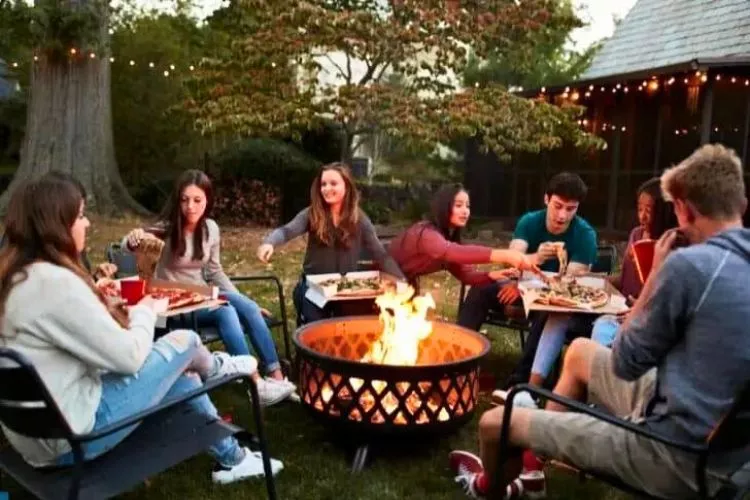
Sulfur dioxide is a colorless gas with a pungent odor. It can cause respiratory problems, including bronchitis and asthma, and aggravate existing heart and lung conditions. Nitrogen oxides are a group of gases that can cause respiratory problems, including coughing, wheezing, and shortness of breath. Carbon monoxide is a colorless, odorless gas that can cause headaches, dizziness, nausea, and even death in high concentrations.
In addition to the health risks, burning drywall can have negative environmental impacts. The release of sulfur dioxide and nitrogen oxides can contribute to acid rain, damaging crops, forests, and bodies of water. Carbon monoxide is a greenhouse gas contributing to climate change.
Therefore, it is not recommended to burn drywall due to the potential health risks and environmental impacts\[^1^]. Instead, it should be disposed of properly through recycling or landfilling.
Does Drywall Decompose?
Drywall, or gypsum board or plasterboard, is a common building material used in construction. It is made of gypsum plaster sandwiched between two layers of paper. The paper is usually made of recycled materials, making drywall an environmentally friendly option for construction.
When it comes to decomposition, drywall is not biodegradable. This means that it does not break down naturally over time. However, drywall can be recycled. The paper on the surface of the drywall can be removed and recycled, while the gypsum can be ground up and used as a soil amendment.
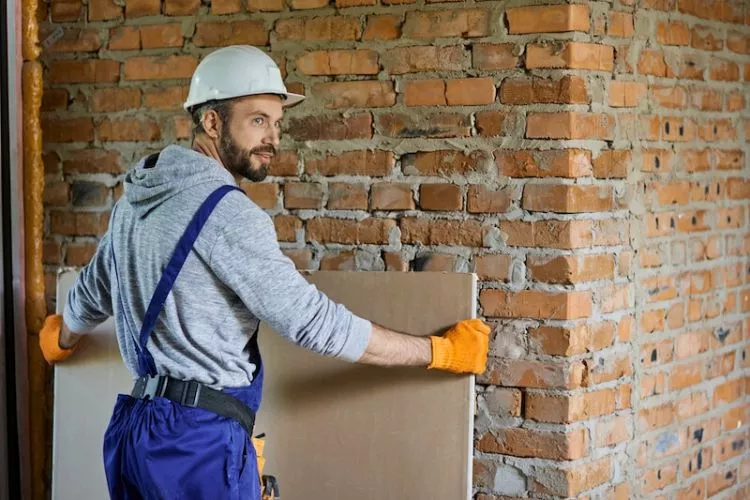
It is important to note that drywall should not be disposed of in landfills. When buried in a landfill, drywall can release hydrogen sulfide gas, which is toxic and can cause health problems. Instead, drywall should be recycled or disposed of in a special drywall landfill.
In conclusion, while drywall does not decompose naturally, it can be recycled and reused. It is important to properly dispose of drywall to prevent environmental damage and health risks.
You May Also Read: What to Put Under Fire Pit? | Is Willow A Good Firewood?
Frequently Asked Questions (FAQs)
Q: What should you not burn in a fire pit?
Do not burn plastic, pressure-treated wood, plywood, painted or stained wood, aerosol cans, rubber, leaves, paper with colored ink, household garbage, or poisonous plants in a fire pit.
Q: Is drywall bad to burn?
Yes, burning drywall is unsafe and not recommended due to the release of harmful chemicals like sulfur dioxide, nitrogen oxides, and carbon monoxide.
Q: Is drywall material toxic?
Drywall itself is not toxic, but if burned or disturbed (e.g., during demolition), it can release harmful chemicals and, in some cases, asbestos fibers.
Q: Can drywall be fireproof?
Drywall is not completely fireproof, but fire-resistant drywall, also known as Type X or Type C, is designed to slow the spread of fire.
Q: How long is drywall fire-resistant?
Fire-resistant drywall can provide fire resistance for 30 to 120 minutes, depending on the thickness and type of drywall used.
Conclusion:
Burning drywall in a fire pit is not recommended due to the release of harmful chemicals and potential health risks. It is essential to use appropriate materials, such as dry, untreated wood, for a safe and enjoyable fire pit experience. Properly dispose of drywall through recycling or designated landfills to prevent environmental damage and health hazards. Always follow local regulations and guidelines when using outdoor fire pits to ensure safety and environmental responsibility. I hope you got the answer for can you burn drywall in a fire pit or not.


